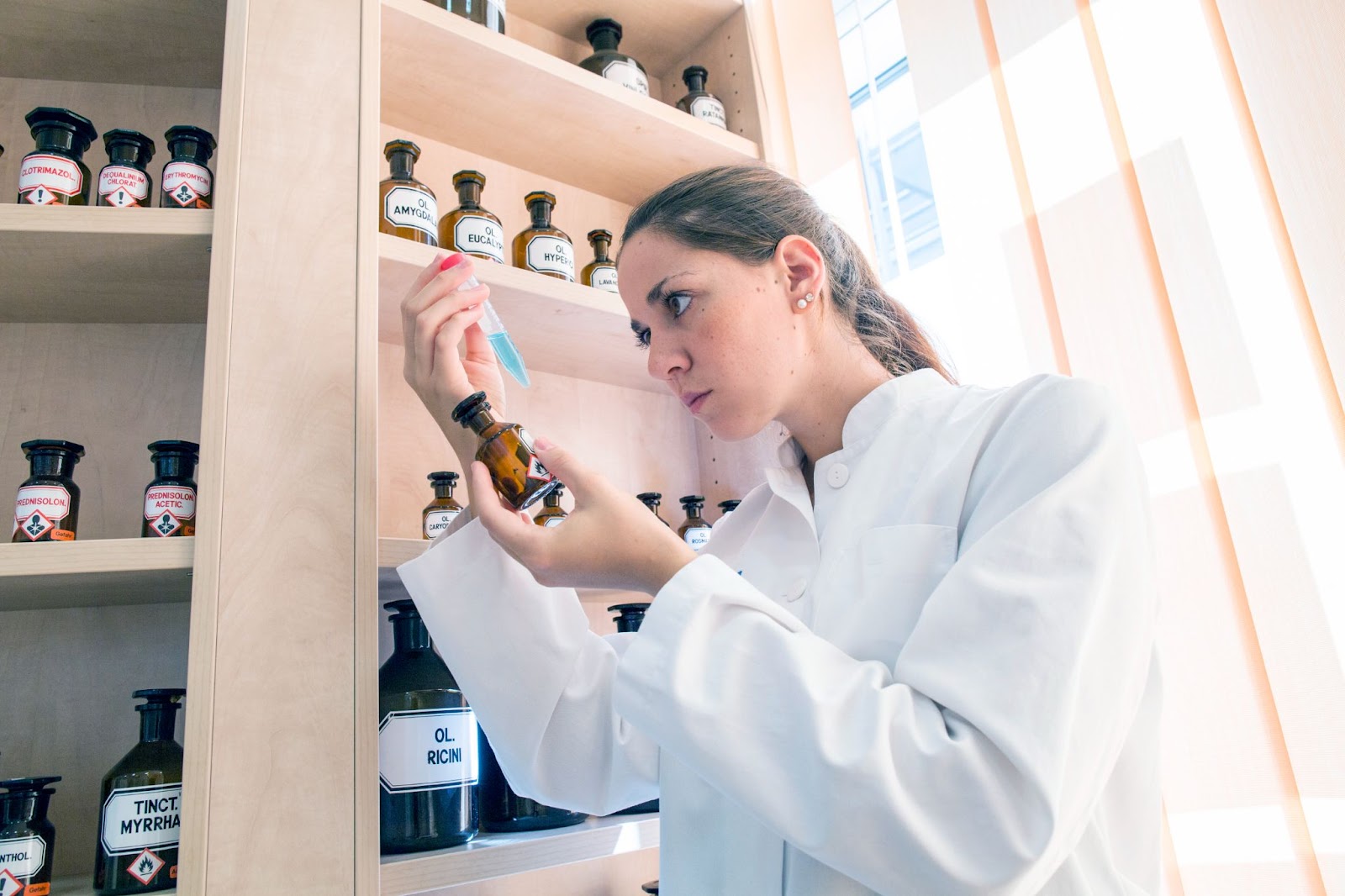We’ve talked about how chemical peels use unique chemical solutions to accomplish your skin goals, but what exactly are those “unique chemical solutions”? What is being applied to your skin, and what is it doing?
At About Face Aesthetics, we make your care an educational experience, so you have the knowledge to make the best decisions for your skin. Here, we’ll talk about the most common ingredients in our chemical face peels in Philadelphia and how they improve your complexion.
Alpha-Hydroxy Acids
Also known as AHAs or α-hydroxy acids, alpha-hydroxy acids are natural, water-soluble acids that can be found in things like fruit, sugar cane, and milk. AHAs work by breaking down the substance that holds cells together, which increases exfoliation and cellular regeneration. The most common alpha-hydroxy acids include:
Beta-Hydroxy Acids
Also known as BHAs or β-hydroxyacids, beta-hydroxy acids are oil-soluble acids that penetrate deeper into your pores than AHAs. These acids dissolve sebum and increase cellular regeneration, which is great for targeting issues like acne and sun damage. The most common beta-hydroxy acids include:
- Salicylic acid
- Tropic acid
- Trethocanic acid
- Beta hydroxybutanoic acid
Poly-Hydroxy Acids
Poly-hydroxy acids, or PHAs, are chemical exfoliants that have a larger molecular structure than AHAs or BHAs, which means PHA-based chemical face peels in Philadelphia will require more time to take effect and won’t penetrate as deeply into the skin. This makes PHAs better for those with more sensitive skin, as PHAs will cause less irritation due to that larger molecular structure. Common PHAs include:
- Gluconolactone
- Lactobionic acid
- Galactose
Other Compounds
Not every compound falls into the AHA, BHA, or PHA categories. Here are some other compounds that are included in our chemical face peels in Philadelphia and how they impact your skin.
Trichloroacetic Acids
Peels containing this acid are also known as TCA peels, and were considered the “workhorse” of chemical peels. This is because they cause protein coagulation and denaturation of the cells in the epidermis and dermis. This peel penetrates deep into the skin, coagulating proteins until there is no product left. This is great for moderate to severe texture concerns like wrinkles, scarring, and more.
Amino Acids
Amino acids are the building blocks for all proteins—not just the proteins in our skin. They work as nutrients that help our skin cells in the process of wound healing, water retention, protecting against sun damage, and maintaining our skin’s microbiome.
Glutathione
Glutathione is an antioxidant responsible for the detoxification of foreign chemicals or compounds. This helps reduce the appearance of fine lines, wrinkles, uneven skin tone, and pigmentation concerns.
Resorcinol
Resorcinol is a keratolytic compound that is used to treat scaly or hard skin. It does so by breaking down the outermost layer of skin, which helps to bind skin to moisture. This compound also helps to improve hydration and water retention.
Feel Confident in Your Skin

With our chemical peels at About Face, feeling confident in your skin is easy. Schedule a consultation with one of our experts, or try our virtual consultation tool today and take the first step towards your refreshed and rejuvenated skin.

